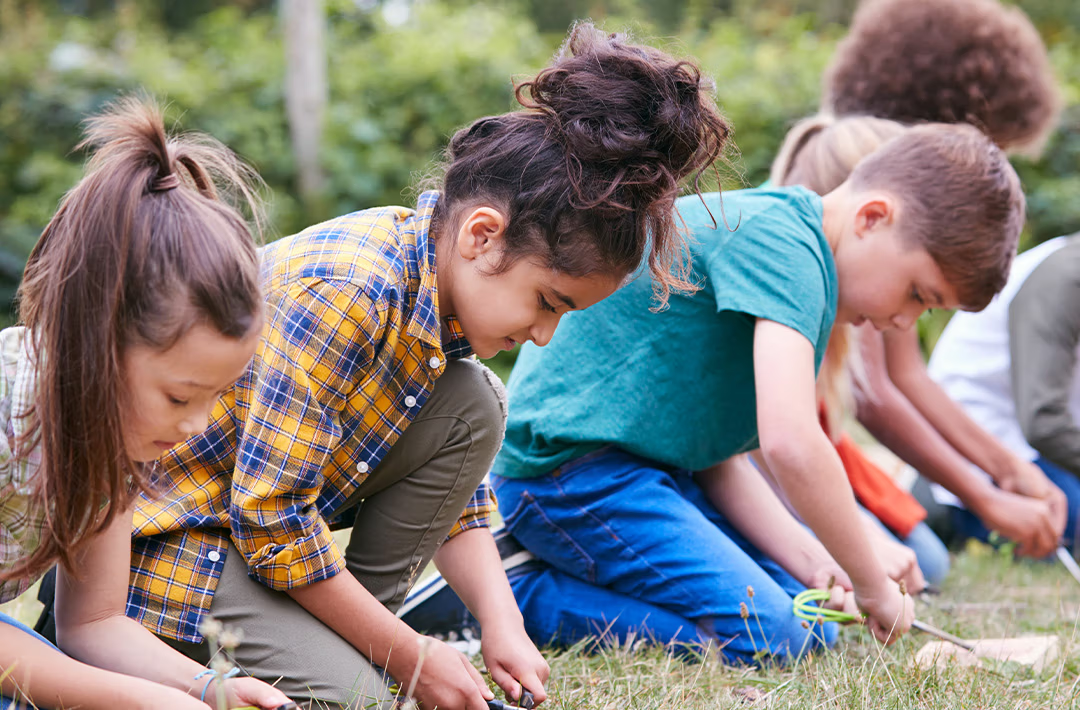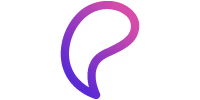After understanding the need to restructure the current education model, it is important to think about the deconstruction of practices that are usually dominant within schools. In the case of physical education, several approaches were used, such as Hygienist, Pedagogical, Sportsman, Technicist, attitudes totally controversial to the objectives of education.
The Open Learning School's pedagogical proposal involves the formation of people and citizens who are increasingly cultured, autonomous, responsible and democratically committed to building a society that enhances the affirmation of the noblest and highest qualities of each human being.
“You cannot give to drink a horse that is not thirsty”, a famous phrase by José Pacheco. You don't learn through memorization. Memorizing is not understanding, it is not questioning, it is not exploring or delving into a topic.
The School of the same founders of Escola da Ponte, Escola Projeto Âncora and Escola Aberta de São Paulo brings several innovative concepts and different ways of thinking and doing education. The point is clear: the school we have today is no good.
My entire professional career has been representing and recruiting internationally for the “best” colleges and universities in the world. Imagine schools with over 600 years of history or with campuses so modern they look like an amusement park, equipped with stables, a golf course and the latest technology.
It is possible to learn more and better, without classes, classes and tests. We have divided the practical explanation of how it all works into 4 areas:
1. How we organize
2. What is our pedagogical proposal
3. How we evaluate
4. Education Model






